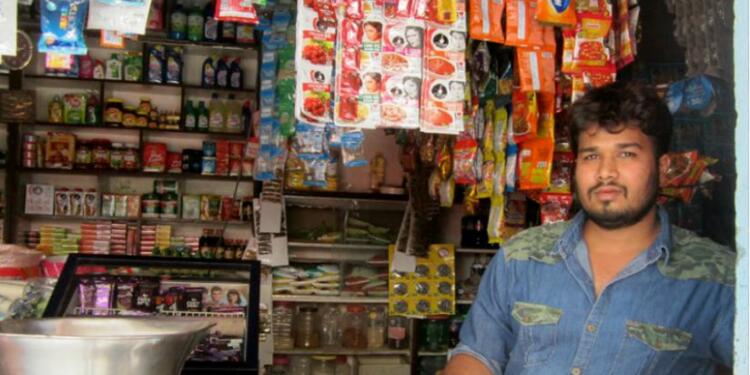Consumption growth in rural markets has once again overtaken the urban markets in July. In June 2021, for the first time in nearly two years, the urban consumption grew at a better pace than the rural markets but in the last months, the rural market has once again overtaken the consumption growth in urban markets.
As per a report by Economic Times, sales grew 24% in rural markets while urban sales expanded 14% in the month of July as compared to June.
“In April and May, rural channels were in disarray as distributors and sales staff were also hit by Covid cases,” said Krishnarao Buddha, senior category head at Parle Products, India’s largest biscuits maker. “However, we have seen sequential recovery in demand with July better than June and the current month posting an even better growth number.”
Since the outbreak of the Coronavirus, the Modi government has spent a huge amount of money on various welfare schemes like PM-KISAN, food subsidies, infrastructure, and so on. Moreover, during the pandemic many service sector professionals who were working in cities, moved back to villages given the work-from-home option.
Because most of these professionals are better paid than the typical rural workforce or even the migrant labourers who move to cities to do jobs in unorganized sectors, consumer spending in rural markets grew exponentially.
“Given that the monsoon is good, the entire government direct benefit transfer continues to do well, and if vaccination rates and there is no major third surge, we believe that the rural consumption will continue to be reasonably going,” Saugata Gupta, MD at Marico, told investors.
With the growing purchasing power of consumers, more and more shops were opened in the rural markets. Many people who were earlier working in cities – and have some savings – but lost jobs due to lockdown, moved permanently to villages and opened shops.
Rural consumer spending is expected to remain strong given the fact that many companies have given permanent work from home to their employees – because it is a win-win. The employees save rent and other discretionary spending of the urban living while the companies save electricity, office rent, and other operational costs. This means saving for both company and employee – especially in industries like IT and digital media in which all that needs is a good internet connection to work from anywhere.
Therefore, consumption in rural markets is expected to remain strong in the next few years.
“In July, we saw strong traction for commodity products as more kiranas opened across rural markets with the easing of restrictions,” said Akshay D’Souza, chief of growth and insights at Mobisy Technologies, which owns Bizom. “Many of these stocked aggressively on commodities such as edible oils as consumers returned back to stores.”

Rural India is witnessing a resurgence. A few weeks ago, a study revealed that rural India is racing ahead of the urban markets in terms of consumer spending on branded goods. As per the report, the spending growth by rural Indians on items such as Salty snacks, talcum powders, sanitizers, toilet cleaners, and insecticides among other fast-moving consumer goods was 11.6 percent in the rural markets compared to just 10.2 percent in rural markets.
One can see that rural India is resurging with the growth in connectivity – digital and physical – and government spending, and soon the brands would launch their products keeping this market in mind.


































